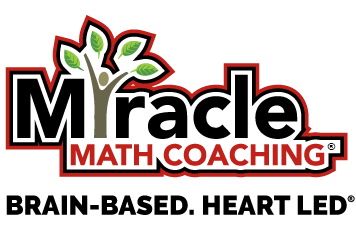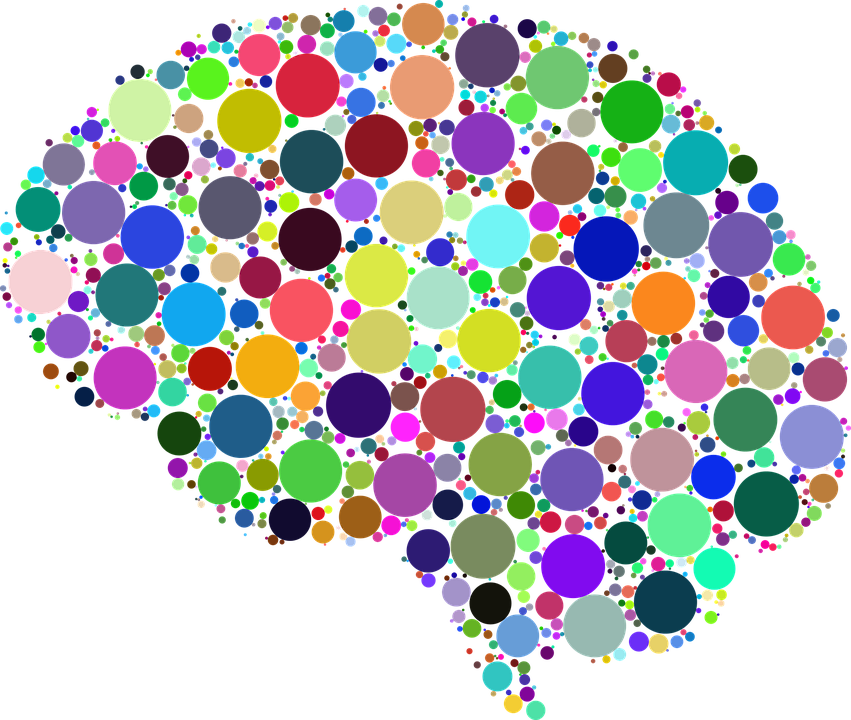Top 3 Principles of Brain-Based Learning
Brain-based learning is the purposeful and comprehensive engagement of various principles. These principles directly enhance the ability of the brain to work and learn optimally. This is especially important in academics and educational success.

The brain is an active player and an intimate factor in all aspects of the academic environment.
Brain-based learning is optimized in the educational system through engagement, the application of learning strategies, and the adherence of certain principles.
Brain-based learning is based on cognitive science, psychology, and neuroscience. It is the most comprehensive and structurally-sound means of educating children and teenagers in today’s ever-expanding and ever-evolving world.
Principle #1: Differences Must Not Be Considered Exceptions, They Must be the Rule
In brain-based learning, differences must be the rule. They must be celebrated. They must be considered essential for optimal learning. Scientific evidence has concluded that there are NO two brains that are exactly alike.
We all have a unique brain.
Therefore, we all learn differently.
Teachers, parents, tutors, and others involved in the educational process must validate these differences due to variations in the maturation of a student and the differences within their brain. Diversity must be celebrated. The unique talents, skills, abilities, and interests of a child must be considered when creating lesson plans.

Principle #2: Teach in Small Chunks
In years past, educational professionals held the belief that children and teenagers could learn and retain large chunks of information.
In most instances, up to 7 chunks of educational material was presented to students.
However, the belief is now leaning towards 2 to 4 chunks of information.
The brain may experience a quick overload. Learning is more than mental. It is physical, too. It takes many physical components of the body – such as glucose – to learn and retain information.
The brain must experience rest.
If too much is presented to a student, the brain is unable to process the information.
As a result, learning is not successful. Deliver information in small chunks and in small time spans.
Principle #3: Encourage Movements During Learning Activities
In order to optimize brain-based learning activities, it is important to get kids and teenagers moving. Exercise is an activity that aids in the growth of new neurons in the brain.
Neurons create connections in the brain.
To accelerate learning, educators should enforce high amounts of physical activity among students. In turn, noradrenaline, cortisol, and dopamine are all enhanced. Movement aids in boosting neurogenesis.
Conclusion
Book learning is obsolete. Educators, parents, teachers, tutors, and coaches should place an emphasis on brain-based learning activities. Is your child struggling, academically? Fear no more.
We here at Miracle Math Coaching specialize in boosting brain-based learning.
We offer many different programs, activities, and services that will have your child excited about learning. We fully evaluate each child and their unique needs. We then collaborate with you and educators to optimize your child’s ability to learn and retain new information.
For more details, and to sign up for online learning courses throughout the school year, click here.







